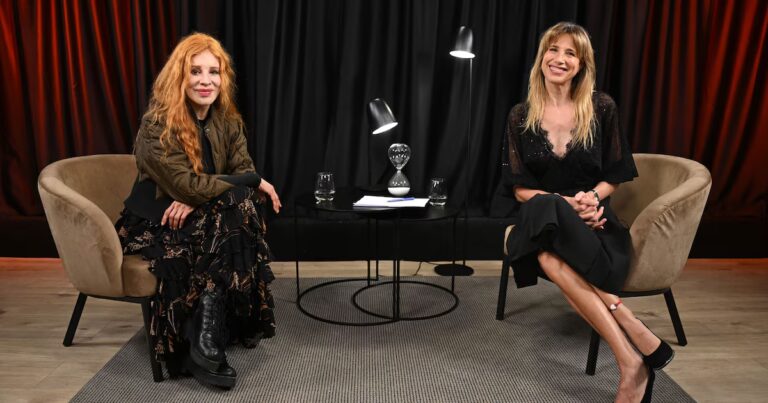
The Conference of the Parties (COP), the main forum for discussing global climate change issues, will be held for the first time in Brazil and in the heart of the Amazon. Around 60,000 people are expected to gather in Belém for the conference, which begins this Monday. The agenda is scheduled to last until November 21, but could be extended if negotiations stall. (See link at the end of this report for more information)
The conference is open to all 198 signatories to the United Nations Framework Convention on Climate Change (UNFCCC). In addition to the heads of state and ministers who already met at last week’s summit, scientists, activists, and representatives from civil society and the business sector usually take part in the debates.
Additionally, countries often form groups or coalitions for territorial issues or specific agendas. For example, there is the G77, which unites developing countries.
COP negotiations serve to align global interests around concrete goals such as greenhouse gas emission reduction targets, financing mechanisms for climate projects, the transition to a low-carbon economy, and other global agreements. The COP Presidency prioritizes themes, defines objectives and shapes discussions.
Technical discussion and agreement
The first week of the COP is usually reserved for more technical discussions, while the second week focuses on political meetings and the signing of the agreement. Preparations have already been made since the summit held last Thursday and Friday.
The targets set at the end of the COP must be consensual and all countries have the right to vote. Although resolutions of this type need to be discussed throughout the year, it is usually at a meeting that a memorandum of understanding is finalized and signed.



